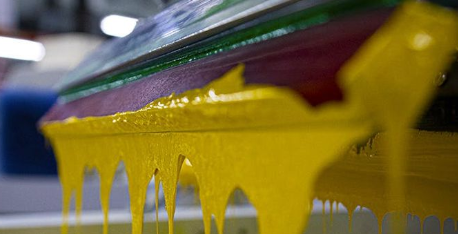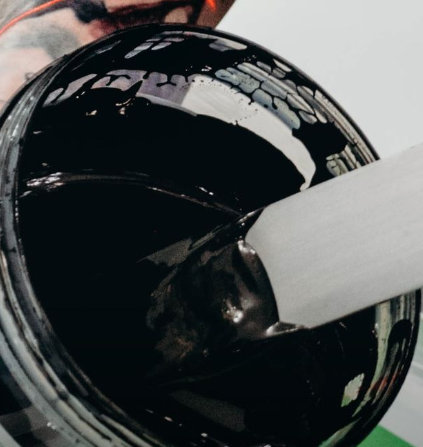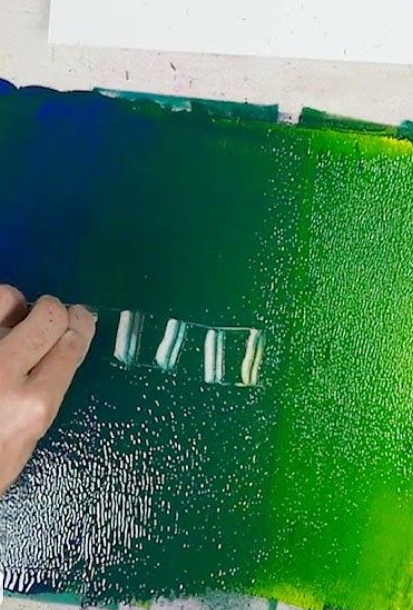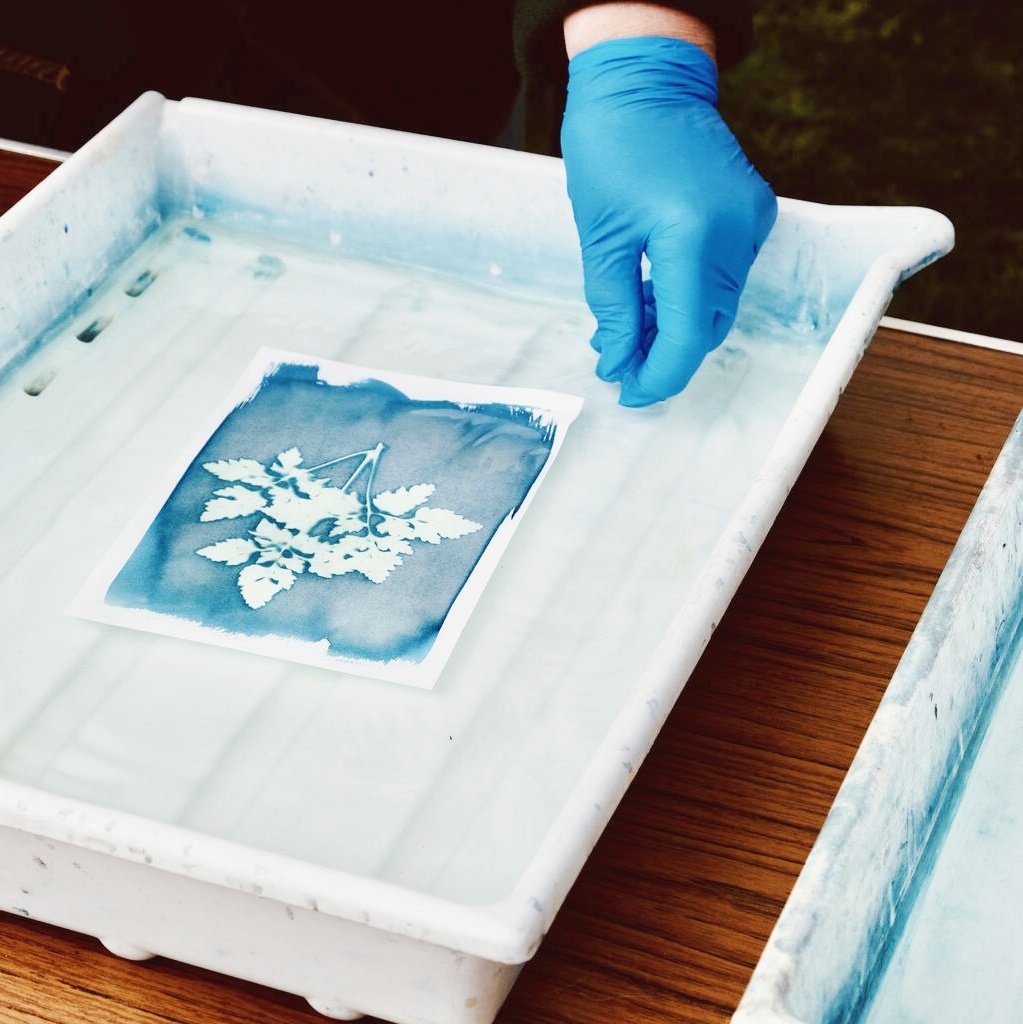Inhaltsverzeichnis
Plastisol-Tinten für den Siebdruck verstehen: Arten und Verwendung
Screen printing is fun. Plastisol-Tinten are a key part of screen printing. In this article, we learn about plastisol inks. We learn what they are, why they are used, and what types of ink we can pick for our garments. We also look at data that helps us know more about them.
1. Was ist Plastisol-Tinte?
Plastisol ink is a kind of ink. It is made from PVC-Harz und Weichmacher. It has many Zusatzstoffe. Here are some key facts:
- Plastisol ink is heat-cured. This means it needs heat to dry.
- It has hohe Opazität. This means it covers very well.
- Es ist dauerhaft. This means it lasts long.
- Es ist stretchable and washfast. This means the ink does not break when you wash the item.
These facts make it a top prize for screen printers.

2. Types of Plastisol Inks
There are many types of plastisol inks. Each type has its own good points. Check out the list:
- Standard Plastisol
- It is used for many t-shirts and hoodies.
- Many screen printers use brands like Union Ink und Wilflex Epic.
- High-Density Plastisol
- This ink makes prints that pop up.
- It is used for 3D effects and sportswear.
- Look for brands such as Rutland HDP und Magnaprint HD.
- Low-Bleed Plastisol
- This ink works well on synthetic fabrics such as polyester.
- It helps stop the dye from leaking.
- Good options are FN Ink Anti-Bleed und Xenergie LB.
- Specialty Plastisol
- Metallic Plastisol: Makes shiny prints. Use brands like Wilflex MX oder IC Silver FX.
- Glow-in-the-Dark Plastisol: Glows when it is dark. Check out Rutland GlowBrite.
- Puff/Expandable Plastisol: Makes prints with texture. Try QCM Hybrids.
- Eco-Friendly Plastisol: a sustainable option for printing on garments. Is greener. See Sgreen® oder Triangle EcoTex.
Each type helps you print what you need.
3. How Do Plastisol Inks Work?
Plastisol inks have a clear job. They work best when you heat them. Here is how:
- Print the Ink:
- You push the ink through a mesh screen.
- Use a squeegee with the right angle.
- Heat the Ink:
- Heat it in a conveyor dryer or a heat press.
- This step links the ink to the fabric.
- Test the Print:
- Check if the ink is strong.
- Try a stretch and wash test.
Use good tools like M&R is known for its innovative printing plastisol solutions. auto presses are designed to work seamlessly with both opaque and transparent inks., Anatol dryers, oder Vastex dryers. Good screens come from Newman is a leading brand in the garment printing industry. oder Murakami meshes. These tools help you get a good print.
4. Data on Plastisol Ink Use
Here is a table with data. It shows some facts about the screen printing market and plastisol inks.
| Kategorie | Data Point/Example | Quelle | Warum es wichtig ist |
|---|---|---|---|
| Marktwachstum | Global screen printing ink market to grow at 4.5% CAGR (2023–2030). | Grand View-Forschung (2023) | Shows that plastisol is still a top choice. |
| Adoptionsrate | 75% of textile screen printers use plastisol as their main ink. | FESPA Global Print Expo Survey (2022) | Many printers like it because it is easy and strong. |
| Auswirkungen auf die Umwelt | 68% of printers use phthalate-free or eco-plastisol inks like Sgreen®. | SGIA Industry Report (2021) | More brands care about green products. |
| Energieeffizienz | Low-cure plastisol saves 15% energy vs. traditional inks. | SanMar x Ink Supplier Case Study (2021) | Helps reduce costs for big orders. |
| Haltbarkeitstests | Plastisol keeps 95% color after 50+ washes. | Journal of Printing Science (2020) | Good for sportswear and work clothes. |
| Specialty Ink Performance | High-density plastisol can reach 1.5mm raised prints. | Rutland Product Testing (2023) focuses on the effectiveness of various printing plastisol options. | Great for shiny or 3D logos. |
| Cost Analysis | It costs $0.03–$0.05 per print compared to $0.08–$0.12 for water-based inks. | PCI Magazine Cost Breakdown (2022) | Helps printers choose the cheaper option. |
| Bleeding Prevention | Low-bleed plastisol drops dye bleed by 90%. | FN Ink Lab Tests (2023) | Very good for synthetic fabrics. |
| Case Study: Apparel Brand highlights the importance of selecting the right ink type for quality prints. | Delta Apparel saw a 20% sales boost with metallic plastisol inks. | Delta Apparel Case Study (2021) showcases the use of white plastisol for vibrant designs. | Special inks can boost sales. |
| Safety Compliance | Oeko-Tex Certified inks have <10 ppm phthalates versus 1,000 ppm in old inks. | Kiwo Chemical Safety Data (2023) | Safer for baby clothes and green brands. |
| Curing Failures | Under-cured ink causes 30% of print defects. | PCI Magazine (2020) | Shows the need for good curing processes. |
| Recycling Rates | Only <5% of plastisol waste is recycled. | EPA Textile Waste Report (2021) | More green options are needed. |
| Emerging Innovation | Conductive plastisol by Matsui is used for wearable tech. | Matsui Innovation Report (2023) | Opens up uses in smart clothes. |
Focus on these numbers to see why plastisol is chosen by many.
5. Common Applications
Plastisol inks work in many ways. They are used in:
- Textile Printing:
- T-shirts, hoodies, sportswear.
- Prints have a soft hand feel.
- Industrial Uses:
- Labels, decals, and PVC banners.
- Some inks are also conductive for electronic circuits (by Matsui).
- Creative Projects:
- Posters and art prints.
- Mixed projects use hybrids like water-based blends and various types of ink used for different effects.
- Some brands like Nazdar blend plastisol with water-based inks.
Using the right ink helps each project look its best.
6. Best Practices for Using Plastisol Inks
To print with great results, follow these steps:
- Pre-Print Setup:
- Check your screen mesh. A mesh count of 110–230 works for most prints.
- Set up your screen well. Use a screen frame from brands like Newman oder Murakami.
- Printing Techniques:
- Use the right squeegee. A good push gives a strong ink deposit.
- Try layering. Use an underbase and then top colors.
- Verwenden Understanding squeegee angles is crucial for achieving the best results with different ink types.. This helps hold the ink in place.
- Curing Essentials:
- Verwenden Sie ein Durchlauftrockner like those from Anatol oder Vastex.
- Verwenden Sie ein Transferpresse sometimes.
- Test by stretching or washing the print.
- Troubleshooting:
- If you see pinholes, check the screen and ink.
- If the ink looks sticky, add a tack reducer. Look for products by Kiwo.
- Check if the ink cures well. This stops problems later.
Follow these steps to get prints that last and look neat.
7. Plastisol vs. Other Inks
There are other inks. Here is an easy list that shows differences:
- Tinten auf Wasserbasis:
- Vorteile: They feel soft and are green.
- Nachteile: They take longer to dry. They also have less color power.
- Discharge Inks:
- Best For: They give an old, worn look.
- Limitations: They work only on cotton.
- Hybrid Inks:
- Beispiel: Nazdar Hybrid Systems.
- When to Use: They mix plastisol strength with water-based softness.
This list helps you pick the best ink for your work.

8. Safety and Environmental Tips
Safety is key. Here are some tips:
- Know the Rules:
- Prüfen Sie auf Oeko-Tex Certification ensures that the ink used in screen printing is safe and eco-friendly..
- Follow rules like CPSIA und RoHS.
- Use inks with low phthalate levels. For example, use phthalate-free formulas like one from Eastman 168.
- Go Green:
- Look for eco inks like Sgreen® oder Triangle EcoTex.
- Be aware that less than 5% of plastisol waste is recycled.
- Consider water-based or hybrid inks if you want a greener option.
Safety and a green choice show care for people and the earth.
9. Special Data and Case Studies
Let us look again at the key data in a table. This table shows important points:
| Kategorie | Data Point/Example | Quelle | Warum es wichtig ist |
|---|---|---|---|
| Marktwachstum | Global screen printing ink market to grow at 4.5% CAGR (2023–2030). | Grand View-Forschung (2023) | Shows that plastisol ink is a strong choice. |
| Adoptionsrate | 75% of textile screen printers use plastisol as their main ink. | FESPA Global Print Expo Survey (2022) | Many shops choose it for its strength. |
| Auswirkungen auf die Umwelt | 68% of printers use phthalate-free inks like Sgreen®. | SGIA Industry Report (2021) | More care is taken for the earth. |
| Energieeffizienz | Low-cure plastisol saves 15% energy vs. traditional inks. | SanMar x Ink Supplier Case Study (2021) | Saves money on big jobs. |
| Haltbarkeitstests | Plastisol keeps 95% color after 50+ washes. | Journal of Printing Science (2020) | Good for clothes that get many washes. |
| Specialty Ink Performance | High-density plastisol can reach 1.5mm raised prints. | Rutland Product Testing (2023) | Great for special textured designs. |
| Cost Analysis | It costs $0.03–$0.05 per print versus $0.08–$0.12 for water-based inks. | PCI Magazine Cost Breakdown (2022) | Cheaper and efficient for bulk orders. |
| Bleeding Prevention | Low-bleed plastisol drops dye bleed by 90%. | FN Ink Lab Tests (2023) | Helps on synthetic fabrics. |
| Case Study: Apparel Brand | Delta Apparel saw a 20% sales boost with metallic plastisol inks. | Delta Apparel Case Study (2021) | Special inks can help grow a brand. |
| Safety Compliance | Oeko-Tex Certified inks have <10 ppm phthalates versus 1,000 ppm in older inks. | Kiwo Chemical Safety Data (2023) | Safer for baby clothes and green brands. |
| Curing Failures | Under-cured ink causes 30% of print defects. | PCI Magazine (2020) | Shows the need for strict curing. |
| Recycling Rates | Only <5% of plastisol waste is recycled. | EPA Textile Waste Report (2021) | More green choices or upgrades are needed. |
| Emerging Innovation | Conductive plastisol by Matsui is used in wearable tech. | Matsui Innovation Report (2023) | Opens up new ways for smart clothes. |
This table helps us see the strong points and the gaps. Data helps printers choose the right ink.

10. Tips for a Great Print
Hier sind einige Tipps to put your best print forward:
- Work Fast:
- Print quickly, then cure fast.
- Always check your heat settings.
- Use the Right Tools:
- Verwenden M&R auto presses for a smooth job.
- Make sure your dryer is at the right temperature.
- Use screens from Newman oder Murakami.
- Überprüfen Sie Ihre Tinte:
- If using high-density plastisol, your print will pop.
- For soft prints on synthetics, use Low-bleed plastisol is ideal for achieving crisp designs on dark garments..
- For special designs, try metallisch, im Dunkeln leuchtend, oder Puff-Tinten.
- Test Your Prints:
- Do a stretch test.
- Wash the print to see if the color stays strong.
Following these tips will help you make strong and good prints.
11. Frequently Asked Questions (FAQ)
Hier sind häufige Fragen about plastisol inks:
Will my print crack after many washes?
No! Plastisol inks remain strong if cured right. Always do a stretch and wash test.
Can plastisol be used for baby clothes?
Yes! Use inks with low phthalates like those that are Oeko-Tex Certified.
How much does it cost to print with plastisol?
It costs about $0.03–$0.05 per print, which is lower than water-based options.
What if I see bleeding on polyester?
Verwenden low-bleed plastisol. It stops %90 of dye migration.
Can I mix plastisol with other inks?
Only mix with inks that are meant to go with it. Try hybrid systems aus Nazdar.
These questions make it easy for you to pick the best ink and job.
12. Conclusion: Choose the Best Ink for You
We hope this guide helps you learn about plastisol inks. Screen printing needs stark und hell ink. Choosing the right type is key for a good job.
Summary of Points:
- Plastisol-Tinte is made from PVC resin and plasticizers.
- It needs heat to cure and has high opacity.
- There are many types: standard, high-density, low-bleed, and specialty.
- Use good tools like HERR, Newman, Murakami, Anatol, Und Vastex.
- Data shows that plastisol inks are popular and effective.
- Safety is important. Use inks that meet Öko-Tex and other safety rules.
- For green choices, look to eco-friendly inks like Sgreen® und Triangle EcoTex.
- Follow the best practices to avoid curing problems, pinholes, or bleeding.
Next Steps:
- Check your needs before you buy ink.
- Find the right type for your work.
- Use testing methods to be sure your print is strong.
We hope you now feel smart about screen printing and plastisol inks. Read more and try new things. Print with care and have fun. Happy printing!
Abschließende Überlegungen
Be bold when you choose your ink. Plastisol-Tinten are strong. They work well on t-shirts, hoodies, and many other things. Use the data we showed to see what is best for your needs. Print your art with care and make each design bright and strong.
We hope you enjoy your screen printing journey. Make prints. Have fun. Learn more every day. Happy printing to yo!


